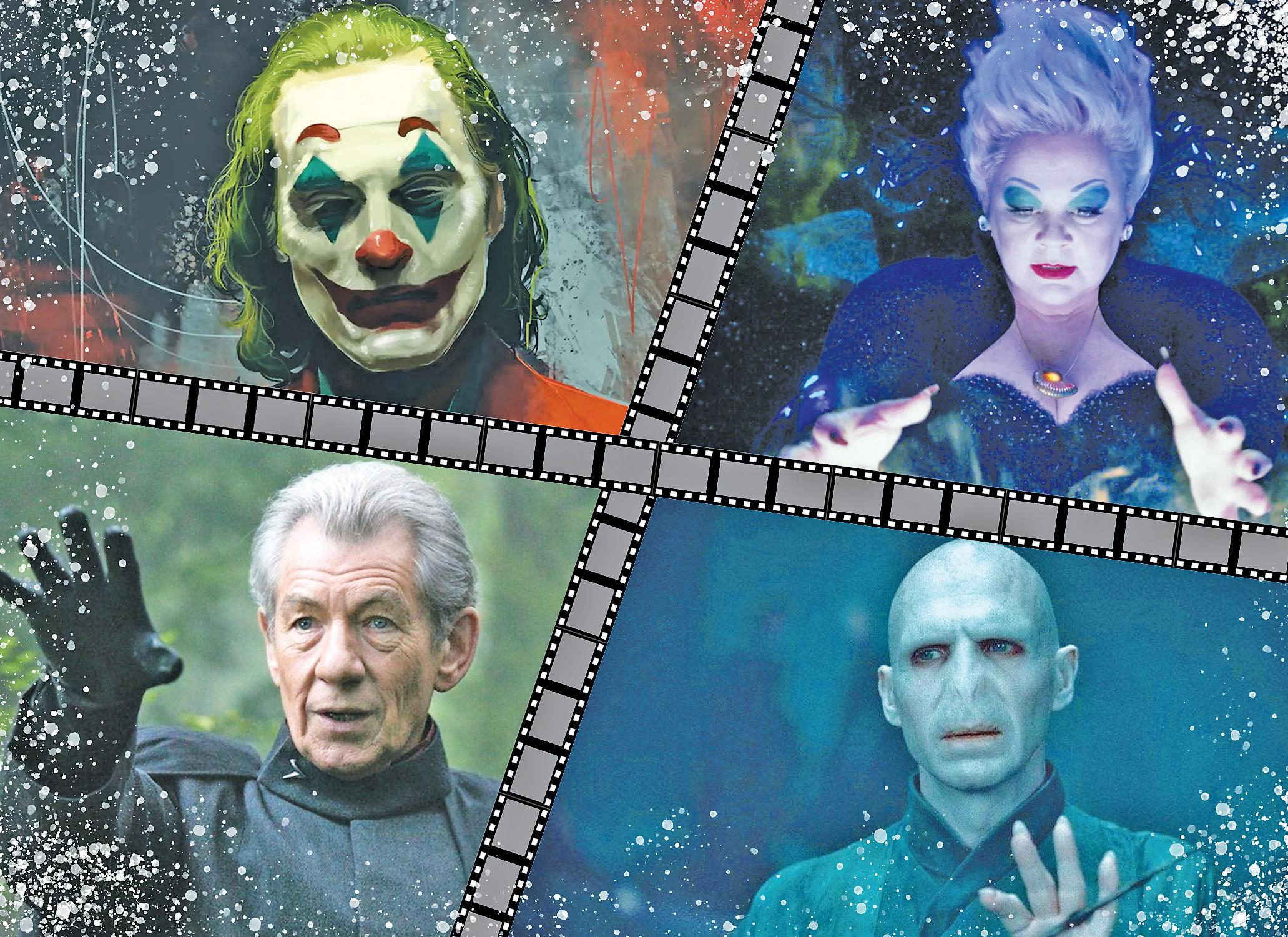
3 minute read
Villains don’t deserve their bad reputations
BY ABIGAIL KIM THE MIRROR STAFF
Villains are the worst kind of people. They annihilate towns and wreck innocent lives. Always self-seeking, they backstab and manipulate to get what they want. They despise anything good, take drastic measures to thwart the hero’s success and concoct diabolical plans to fulfill their malicious goals. These are the defining characteristics of a villain, right?
Advertisement
The classic formula for heroes and villains is flawed. Heroes are portrayed ideally, embodying justice, virtue and compassion. They never give up, vanquishing crime with perfectly executed punches and iconic outfits.
As for villains, they’re always wrong. Or so you’d think. The line between good guys and bad guys is blurrier than it seems. Truthfully, villains have a bad reputation for acting purely out of evil intent. Although it may not seem obvious at times, there’s a decent side hiding beneath the surface of bad guys.
In contrast to their typical portrayal in the media, villains can have a conscience. Joker, the iconic archenemy of Batman, is a perfect example of this. This sadistic prankster having a moral compass sounds like another one of the villain’s bad jokes, but Joker shows a conscience in “Batman: Legends of the Dark Knight.” After emerging from the Lazarus Pit, the supervillain is consumed with guilt for his wrongdoing.
Joker displays his capacity for good even more in “Dark Knights: Metal” when a new villain, The Batman Who Laughs, rises in Gotham City. The Joker joins sides with Batman, and the archenemies vanquish the new threat, restoring safety among the citizens. A level of understanding and patience is required for someone to work with their worst enemy.
On top of having a conscience, bad guys can have respectable qualities. Including Voldemort in this category sounds absurd, but He-WhoMust-Not-Be-Named must be mentioned for his courage and desire for order.
In the Harry Potter series, Voldemort is the infamous wizard of the magical world, widely feared for his merciless use of the Dark Arts.
He is a Pureblood supremacist, believing only those of pure magical descent are entitled to learn wizardry. Despite having an ordinary human parent himself, Voldemort despises the “tainted blood” of half-blood wizards. This twisted worldview is Voldemort’s method of achieving order in a system he believes to be incorrect.
Voldemort also has the bravery to spark change, daring to fix the magical world according to his values. Changing the world for what they perceive to be the greater good is what heroes are all about. Voldemort’s perspectives are misguided, but his courage and mission to restore harmony are not far off from the average hero.
An unsettling squid with blood-red lipstick and a tight black dress, Ursula is the evil sea witch of Disney’s “The Little Mermaid.” But she’s not the depraved trickster Disney portrays her to be.
When Ariel, the young, naive protagonist, strikes a deal with Ursula, she willingly gives up her voice to become a human. If Ariel fails to make the handsome Prince Eric kiss her within three days, her soul belongs to Ursula forever.
The sea witch is often seen as the obstacle standing in the way of Ariel’s happiness with Eric. However, rather than terrorizing Ariel out of evil intent, Ursula only wishes to see her end of the bargain honored, though the young wishy-washy mermaid tries to back out of the agreement. Morally speaking, between the two, Ursula was more upstanding in abiding by the terms of their deal.
Disney has a history of shedding negative light on their villains. Alongside Ursula, Cinderella’s stepmother, Lady Tremaine, is unjustly portrayed as a cruel widow full of hate and envy.
MISUNDERSTOOD Fictional villains get stereotyped far too often as bad guys, when in fact, many have admirable qualities and consciences.
Lady Tremaine reveals that villains can act out of love. The stepmother has two daughters, Drizella and Anastasia, Cinderella’s ugly stepsisters with even uglier personalities. The sisters exude vanity and self-righteousness, a sharp contrast to the radiant, gentle Cinderella.
To Lady Tremaine, Cinderella’s beauty and kindness threaten the marital happiness of her daughters. Out of parental love, she tries to minimize Cinderella’s loveliness by forcing her into domestic labor and prohibiting her from meeting the handsome Prince Charming. Lady Tremaine’s admittedly questionable efforts ultimately backfire, but we can understand the concern of a mother for her daughters.
We can never condone harming innocent lives or laughing maniacally as cities are blown up, but the true nature of a villain goes beyond their unfair treatment of the hero. The bad guys are never as malicious as they seem.
When you encounter your next villain, stop to consider their side of the conflict.
Even when coming across a difficult person, turn their struggles and experiences over in your mind before you judge them. Perspective matters, and villains demonstrate that there’s always more than meets the eye.










